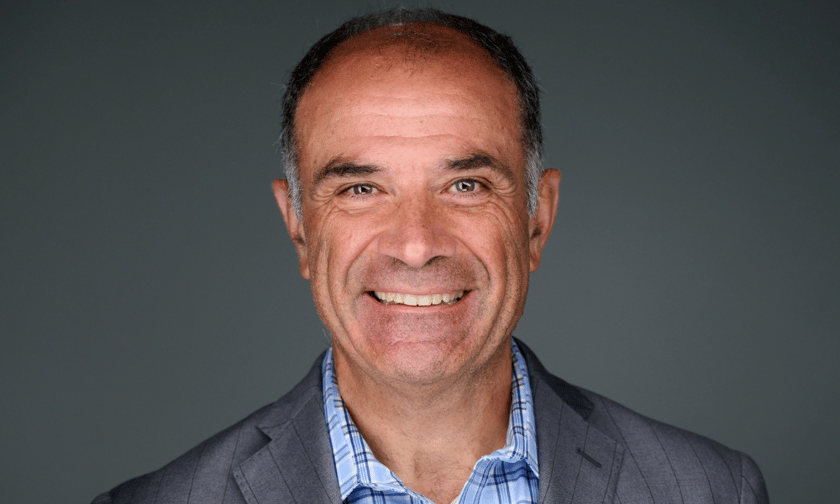

The construction industry finds itself navigating turbulent waters in the aftermath of COVID-19, characterized by persistent project delays, supply chain disruptions, and soaring material costs. These challenges have created a ripple effect across the sector, significantly impacting builders, developers, and the construction insurance industry alike.
According to a KPMG report, just 25% of construction projects meet their original deadlines within a 10% margin. Larger projects face even greater challenges, with a staggering 98% of ‘mega projects’ experiencing delays or exceeding their budgets.
As projects face extended timelines and budgetary strains due to delayed deliveries and inflated material prices, insurers must remain vigilant and reassess risk profiles, especially as homebuilder confidence continues to slip.
On Tuesday, reports from Bloomberg highlighted that confidence among US homebuilders hit an all-time low this year. This decline marks the third consecutive month of diminishing confidence.
Rising material costs: Rising material costs have significantly impacted the construction industry, with prices for essential building materials such as concrete and structural steel experiencing sharp increases. Since 2020, overall construction costs have risen between 25% to 40%, and it appears unlikely that costs will revert to pre-pandemic levels anytime soon. Builders and developers may face financial strain as they try to absorb or pass on these additional expenses, potentially leading to project delays or cancellations, deterring project confidence.
This inflationary trend highlights the essential role of brokers in adopting a proactive and adaptable approach to construction insurance policies. As projects extend in duration, the probability of risk increases significantly. Brokers must remain vigilant in monitoring their clients’ changing project timelines to assess whether policies and coverage amounts need to be extended or adjusted accordingly.
Wildfire risk: Environmental factors have significantly influenced the rising costs of construction projects, particularly amid the increasing incidence of natural disasters exacerbated by climate change. In 2023, 55,571 wildfires burned 2.6 million acres nationally.
“A major challenge passed on to insurers now is projects built with wood frames,” shared Aldo Fucentese, (pictured above), SVP chief underwriting officer, construction practice leader at Liberty Mutual Insurance.
“A lot of residential buildings in the west coast have concrete podiums supported by wooden frames. Recent wildfire events that have destroyed entire structures like this, so there is little capacity now to insure these types of builds.”
With a number of property insurers withdrawing from fire-prone regions, builders and contractors may find it increasingly difficult to obtain affordable coverage or secure insurance at all. This reduced capacity not only impacts builders’ ability to mitigate risks but also dampens demand for new construction in affected areas. This also contributes to the overall decline in builder confidence as uncertainties in insurance availability further complicate project planning and execution.
Labour shortages: “Many of my clients say that they would like to do more work. They want to build but they can’t because they just don’t have enough available labour,” said Fucentese. Findings from a recent Associated General Contractors of America survey confirm these observations. 88% of contractors who reported having open positions indicated they were experiencing challenges in filling these roles.
In addition to high turnover rates driven by lower pay, seasonal scheduling, and the physical demands of construction, vacant positions are further compounded by an aging workforce that appears to be retiring faster than new talent can enter the field. Findings from McKinsey’s "The Next Normal in Construction" report project that 41% of the construction workforce will retire by 2031. Amid a shrinking workforce, builders may be hesitant to take on new projects.
Due to the dangers of construction work, the industry also faces challenges related to potential job hazards, leaving increased room for injury and liability claims – which are more frequently escalating into nuclear verdicts.
Nuclear verdicts refer to exceptionally large jury awards in civil cases, often far exceeding what is considered reasonable based on the damages suffered. “We are seeing more and more of these in recent years,” confirmed Fucentese. “The costs of what juries award plaintiffs can be astronomical.”
In fact, according to a report from the U.S. Chamber of Commerce, nuclear verdicts of $10 million or more are on the rise. In 2023, the median nuclear verdict rose to $44 million, up from $21 million in 2020.
As insurers begin to reduce their risk capacity or raise premiums to protect themselves from these large awards, it may become difficult for builders and contractors to secure sufficient protection. This shift poses a significant problem for the construction industry, potentially leading to higher costs and reduced coverage options.
Brokers can offer several solutions to construction clients to help mitigate risks associated with nuclear verdicts, project delays, rising material costs, and other related challenges:
